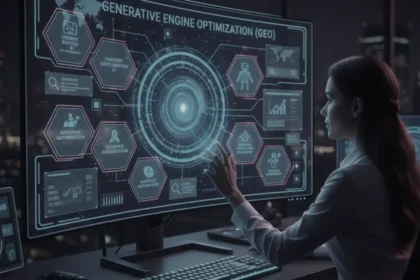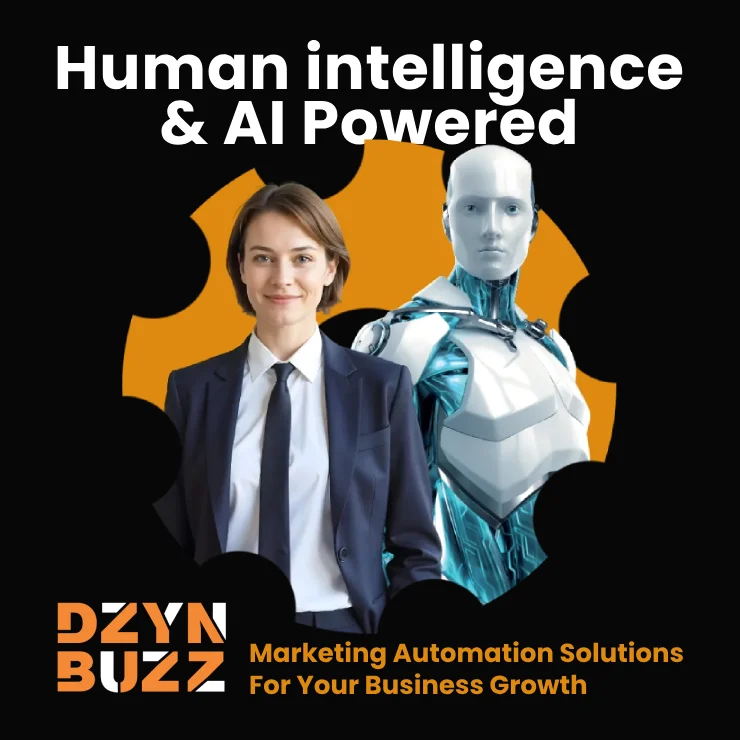Ethical AI design isn’t just a nice-to-have and it’s becoming a competitive necessity. As artificial intelligence increasingly shapes how we interact with products and services, designers and marketers are under growing pressure to ensure their interfaces are fair, transparent, and bias-free.
From recruitment platforms to eCommerce recommendations, AI systems have a track record of unintentionally amplifying discrimination. In this guide, we’ll explore what ethical AI design means, why it matters, and how you can start building experiences that users trust.
What Is Ethical AI Design?
Ethical AI design refers to creating digital products powered by artificial intelligence that:
- Treat all users fairly and consistently
- Avoid reinforcing stereotypes or biases
- Are transparent in how decisions are made
- Protect user privacy and autonomy
Imagine an AI chatbot that recommends financial products. If it inadvertently offers better options to one demographic over another, or fails to explain ‘Why?’, and it risks alienating users and damaging your brand’s credibility.
Why Does Ethical AI Design Matter in 2025?
1. Consumer Trust Is at an All-Time Low
Research from Edelman shows 71% of consumers worry about AI being biased or invasive. Ethical design is a way to restore confidence.
2. Regulations Are Tightening
Frameworks like the EU’s AI Act and the U.S. Algorithmic Accountability Act are setting stricter requirements for transparency and fairness.
3. Business Success Relies on Inclusion
Companies with inclusive products outperform competitors by up to 35% (McKinsey). Ethical AI is both a moral and strategic imperative.
Real-World Examples of Ethical and Unethical AI
Example 1: IBM Watson
IBM’s Watson AI includes clear documentation and bias-mitigation tools, allowing designers to audit models for fairness.
Example 2: Amazon’s Hiring Tool
Amazon scrapped an AI hiring system after it learned biases against women due to historical data skewed toward male resumes.
Example 3: Microsoft’s Inclusive Design Toolkit
Microsoft offers resources to help teams recognize and reduce bias in AI-driven products.
How Bias Creeps Into AI Interfaces
Even with good intentions, bias can infiltrate interfaces through:
- Training Data: AI learns from biased or incomplete datasets
- Algorithm Design: Models that lack fairness constraints
- Interface Choices: Poor visual hierarchy or language that discriminates subtly
- Feedback Loops: Reinforcing biased outcomes over time
“If it’s not designed to be fair from the start, AI will learn our biases and make them worse.”

Six Principles for Designing Ethical AI
Here’s how you can start designing fair, responsible interfaces today:
1. Embed Inclusivity Early
Involve diverse users in research and testing so products reflect different perspectives.
2. Use Explainable AI
Offer clear explanations of how decisions are made (“You were recommended this because…”).
3. Audit Data Regularly
Clean and re-balance datasets to ensure they are representative.
4. Test for Bias Continuously
Set up checkpoints throughout development to catch unintended bias.
5. Offer User Controls
Allow people to opt out, adjust, or challenge AI recommendations.
6. Document Your Process
Maintain transparency by recording how fairness was measured and addressed.
How Ethical AI Affects Accessibility
Ethical AI design also benefits accessibility, especially for:
- Older adults: Systems that avoid age-related assumptions
- People with disabilities: Interfaces that adapt fairly to assistive technologies
- Non-native speakers: Language that is clear and unbiased
By aligning ethical design and accessibility, you build experiences everyone can trust.
Predictions: The Future of Ethical AI Design
In the next 3–5 years, expect:
- AI Design Certifications to become industry standard
- Automated bias detection tools embedded in design platforms
- Greater legal liability for bias-related harms
- Growing consumer demand for transparency labels on AI-powered features
Final Thoughts
Ethical AI design is no longer optional. It’s the cornerstone of user trust, legal compliance, and sustainable business growth.
If you want to create products that stand out for their fairness and inclusivity, the time to act is now.
“Ethical design isn’t a checkbox, it’s a commitment to every person who uses your product.”
Ready to Design AI Experiences People Trust?
Partner with DzynBuzz to build ethical, inclusive digital products.
Image source pixabay.com













